LOCAL CULTURE
Celebrating history, culture, & heritage in our beautiful region
Though museums in the Leduc Region may not be open for in-person tours and experiences, it’s still important to recognize their role as champions of local history, and how they help us celebrate our community’s culture.
When they’re able to welcome you through their doors, we hope you’ll be first in line to (re)discover the unique stories regional museums have to share. In the meantime, keep reading for a look at what museums in the Leduc Region are all about…
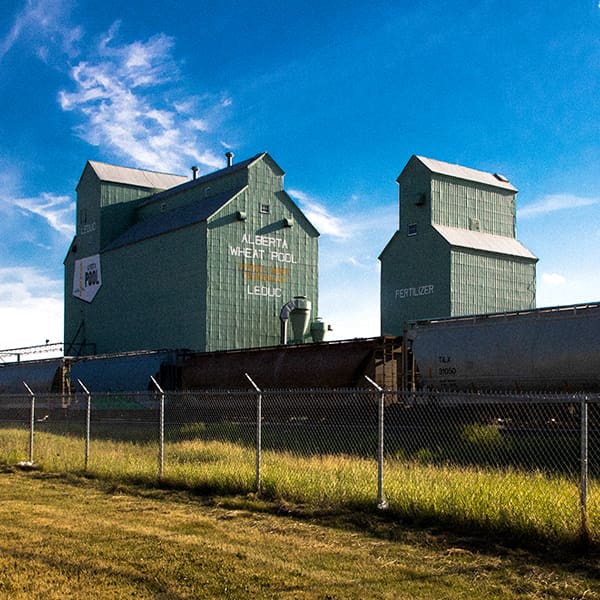
Leduc Heritage Grain Elevator
Found in central Leduc, the Leduc Heritage Grain Elevator is not only one of our region’s signature landmarks, it’s also a testament to Alberta’s agricultural history. As one of the last single composite wood crib grain elevators built in this province, it was officially designated as a provincial historic resource in 2003. Towering over Main Street with a capacity of 3,050 tonnes, the light green grain elevator itself is unmissable against Leduc’s skyline. In fact, it’s the inspiration behind one of the colours we use frequently – GRAIN ELEVATOR GREEN!
Although the Leduc Grain Elevator itself was built in 1978, the story of grain elevators in Alberta starts long before that. Grain farmers from across the province combined forces to create the Alberta Wheat Pool (AWP) in 1923 – it allowed them to market their product directly, and provided a measure of protection against extreme fluctuations in grain prices. Collective action was followed by explosive growth… “prairie giant” elevators popped up everywhere in rural communities across the province to store and distribute grain. By the mid-1900’s, there were over seven hundred AWP elevators doing business throughout Alberta!
As technology changed and rail transport declined, so did the role of grain elevators. By virtue of it being one of the most recently constructed AWP elevators (in addition to the tireless efforts of the Alberta Legacy Development Society – including their founder & champion Helen Atkinson), the Leduc Grain Elevator was saved from demolition as it’s brothers and sisters across the province disappeared. In this way, it stands as a reminder of how Alberta farmers joined forces years ago. It’s a living testament to how a community can rally together to advocate for and preserve their history. In so many ways, the Leduc Grain Elevator is a symbol of what makes not only our region, but Alberta as a whole, special.
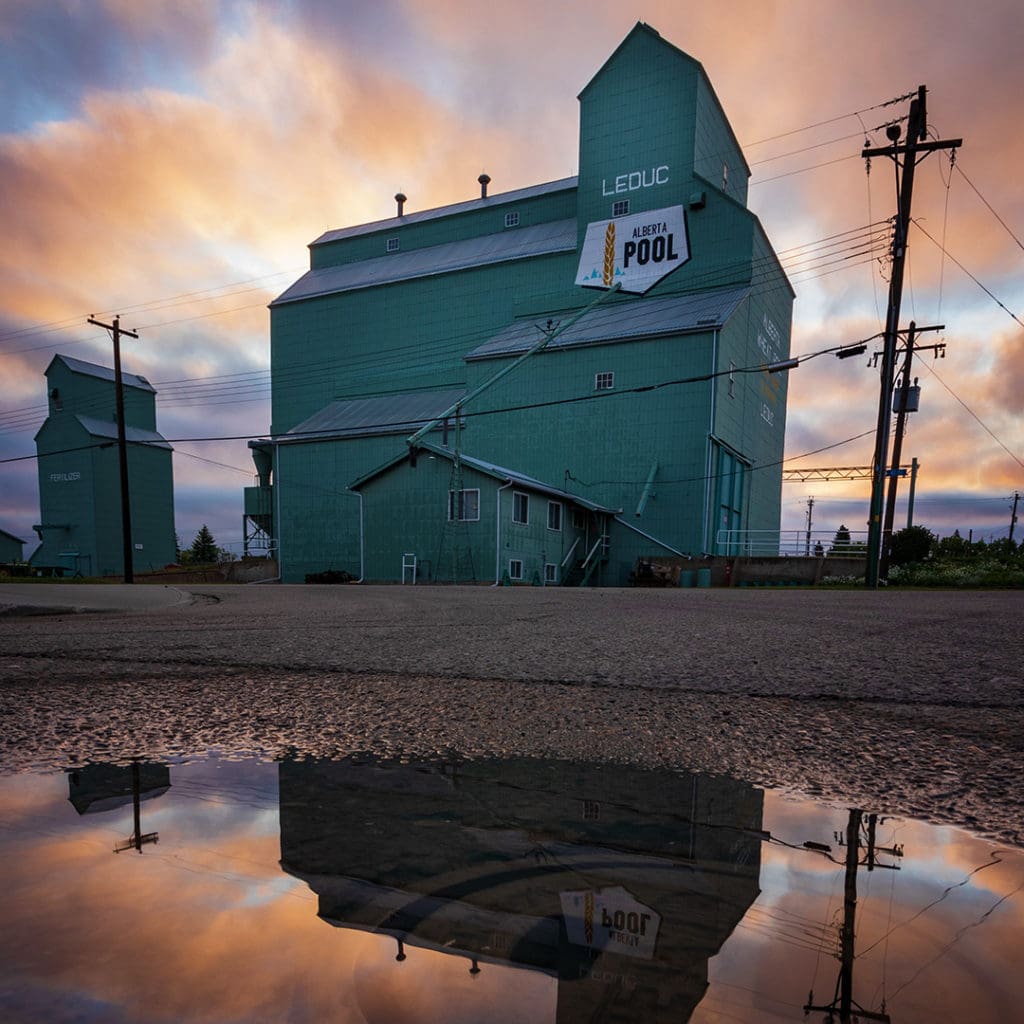
Canadian Energy Museum
The Canadian Energy Museum is home to Leduc No. 1 – the site of Alberta’s most historic oil strike! It’s impossible to discuss the history of Alberta without acknowledging how the energy sector has shaped, and continues to shape, our great province. As such, the Canadian Energy Museum showcases and celebrates the story of our energy heritage & history, from oil rig to windmill, and how this narrative continues to change & evolve.
So where did it all start? A team of seismologists were commissioned by Imperial Oil in 1946 to survey Central Alberta. Results suggested an oil-bearing, Devonian formation may exist near the hamlet of Leduc, and the search for black gold was on. After drilling 133 dry wells, oil was finally struck at Leduc No. 1 in January of 1947. However, the “big day” actually took place on February 13th. Hundreds of locals showed up on that cold winter day to witness history being made – politicians, teachers & schoolchildren, farmers, journalists, and government officials all made their way out to the site. Equipment failed & froze, people grew impatient and left, but at 3:55 PM, the flare line was hit and Alberta’s economic future changed forever.
The Leduc No. 1 well signifies hard work, perseverance, and prosperity. It’s the reason why the Canadian Energy Museum exists today – to celebrate the lives of Albertan oilfield workers and the emergence of Canada’s world-renowned energy sector. But as our energy sector undergoes rapid change today, it’s about more than that now. It’s about a shared commitment to the sector’s founders, current-day innovators, and forward-looking thinkers. The Canadian Energy Museum celebrates our nation’s relationship with energy – past, present, AND future.
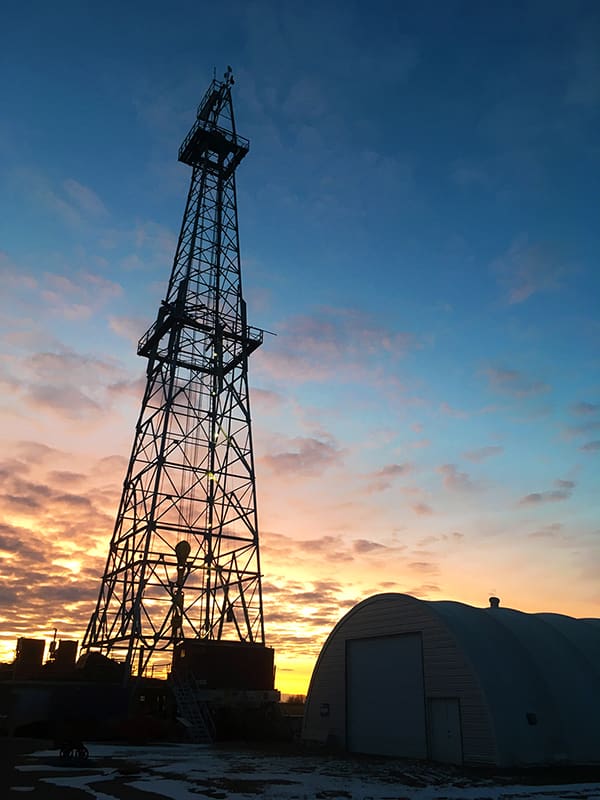
Dr. Woods House Museum
Located in downtown Leduc, a visit to Dr. Woods House Museum is equivalent to a step back in time. The charming house-turned-museum is a living illustration of what an upper-middle class lifestyle was like from the late 1920’s to the early 1940’s, and is a must-see spot for any history buff. Not only is the museum a reflection of a Canadian doctor’s home in a small prairie town, it’s also a fine example of Craftsman-style architecture from the 1920’s.
The story of Dr. Woods House Museum begins in 1870 with the birth of Robert Theodore Woods in London, ON. After moving to Alberta in 1902, the doctor homesteaded in the Telfordville area west of Thorsby, performing medical & veterinary work for pioneers in the area. Alberta became a province in 1905, and Dr. Woods needed a medical license to continue his practice. Interestingly enough, one of Dr. Woods biggest allies was MLA Robert Telford (the founder of what became the City of Leduc) – Telford petitioned settlers on behalf of Dr. Woods, and sponsored a private Member’s Bill in the Alberta Legislature allowing Woods to practice medicine. Dr. Woods obtained his medical license shortly thereafter, and moved his family into the town of Leduc in 1908.
Dr. Woods House Museum offers a glimpse into the working life of a rural Canadian doctor in the early 1900’s, seeing as Dr. Woods practiced from his house for many years. He was a prominent figure in Leduc’s early history, working tirelessly for townsfolk & settlers alike and advocating for the importance of health – including through the Spanish Flu epidemic of 1918. After Dr. Woods death in 1936, the house changed ownership 4 times before the City of Leduc purchased it in 1982. Renovations and management by the Leduc and District Historical Society followed, as did Alberta Registered Historic Site (1993) and Alberta Municipal Historic Site (2008) designations. In the present day, the museum continues to research, collect, preserve, and exhibit artifacts that reflect a pioneer doctor’s life in the early 1900’s.
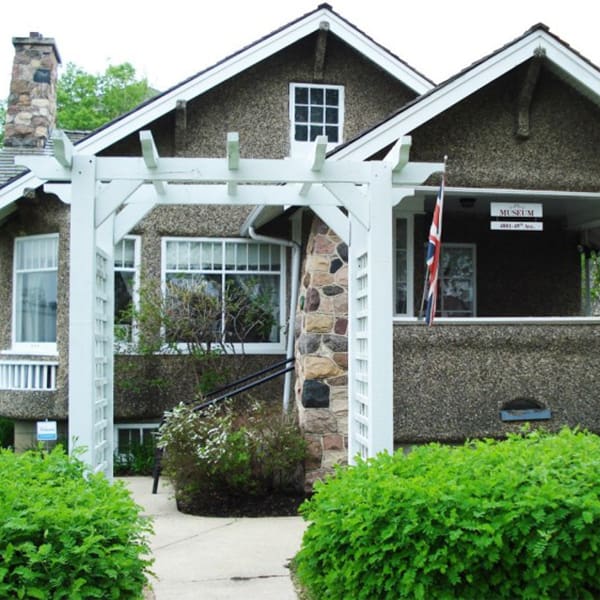
Leduc West Antique Society
Found on 80 acres of land west of Leduc, the Leduc West Antique Society offers a glimpse into pioneer life of days gone by. It preserves the history of not only Leduc, but surrounding communities like Calmar & Thorsby – providing insight into what it was like to be a prairie settler in the late 1800’s. Past and present collide at the Leduc West Antique Society, seeing as it’s also the site of weddings, reunions, and other special events like the Leduc Country Lights.
The society’s story is that of a group of locals passionate about history & heritage. They came together in 1990 with a lofty goal – to collect, restore, maintain, and display historic buildings, vehicles, antiques, and more. The Leduc West Antique Society was born, and in 1992, the land this non-profit organization currently sits on was purchased. Through the hard work and dedication of hundreds of members & volunteers, what was originally a trackless swamp has now transformed into fully-fledged pioneer museum park.
Donations of several historic buildings (like Ohrn House and Dniester School) to the society followed, as did the construction of several replica buildings. There’s even an authentic Blacksmith Shop where members of the Canadian Blacksmith Guild use antique tools & traditional know-how to create new (but old) artifacts for the park. COVID-19 throwing a wrench into normal operations is a worn-out story by now, but the Leduc West Antique Society normally hosts a number of really cool public events throughout the year. These have included Spring & Fall Tractor Pulls, an Annual Exposition in July, and a Country Harvest Festival in September. When life finally gets back to normal, be sure to make a trip out to the Leduc West Antique Society to (re)discover what a prairie settler’s lifestyle was all about.

Devon Historical Society Museum
The Devon Historical Society speaks to the entire history of the Town of Devon – spanning all the way back to the 1950’s and earlier! In the present day, this museum can be found on Athabasca Ave and showcases an impressive collection of historic items. Old photos, uniforms & sports equipment, a rare silver collection, and more… It’s a look back in time at how Devon came to be, and what it is now.
The museum celebrates the story of the Town of Devon itself, which dates back to when oil was struck at the historic Leduc No. 1 well. Imperial Oil constructed the town to accommodate it’s workers, naming Devon after the Devonian formation tapped into by Leduc No. 1. The company wanted the town to be well-planned, making Devon the first Canadian community to be approved by a regional planning commission.
Fast-forward to the present day, and the Devon Historical Society Museum collects, preserves, and displays artifacts unique to the area. In this way, they are able to share the rich history of Devon with this generation, and preserve it for ones to come. Although the museum may be closed to in-person visits in light of current public health restrictions, you should still check out this video to see what life in Devon was like in the 1950’s!
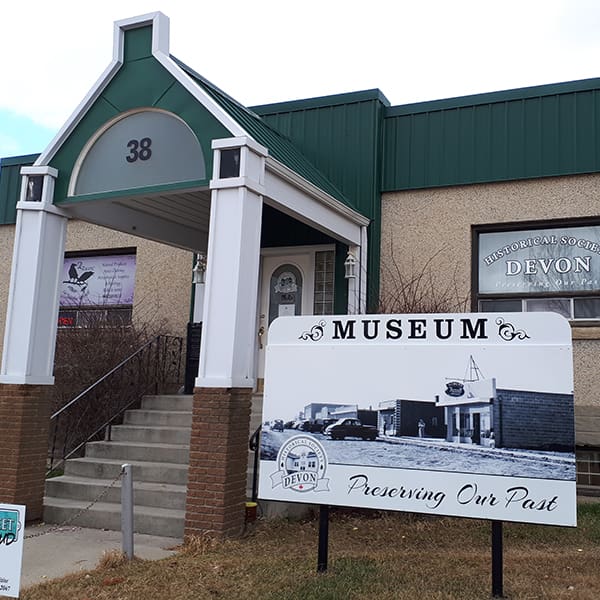
To better know where we’re going, we must first understand where we came from!
Cultural experiences may not look the same right now, but that doesn’t mean we can’t learn about our heritage. To the museums listed above, to the organizations that volunteer their time to preserve our region’s history, and to YOU for reading… Thank you for celebrating what makes the Leduc Region special!
Curious to learn about more regional Arts + Culture + Heritage Experiences? Click HERE for an extensive list!

